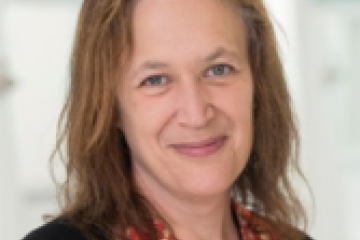Project grant
A multi-cellular 3D model of human breast tissue to replace rodent xenograft models in breast cancer research

At a glance
Completed
Award date
February 2016 - February 2020
Grant amount
£356,677
Principal investigator
Professor Cathy Merry
Co-investigator(s)
Institute
University of Nottingham
R
- Replacement
Read the abstract
View the grant profile on GtR
